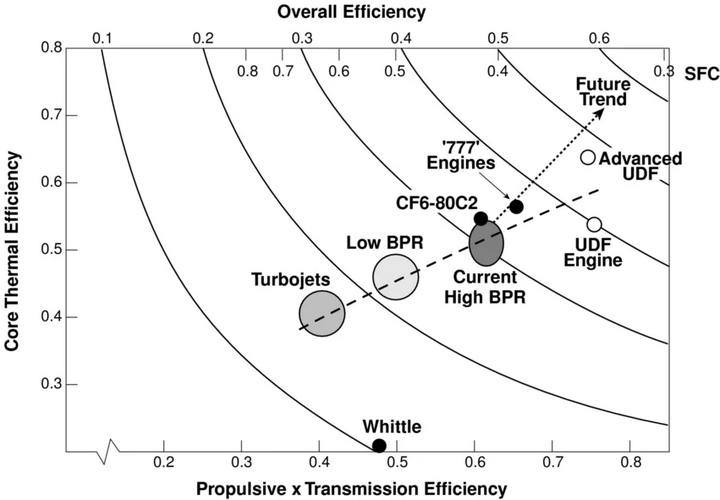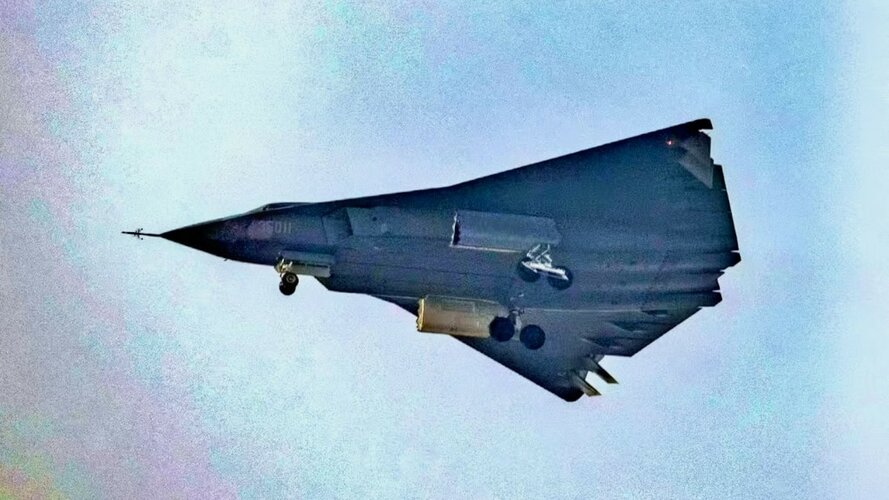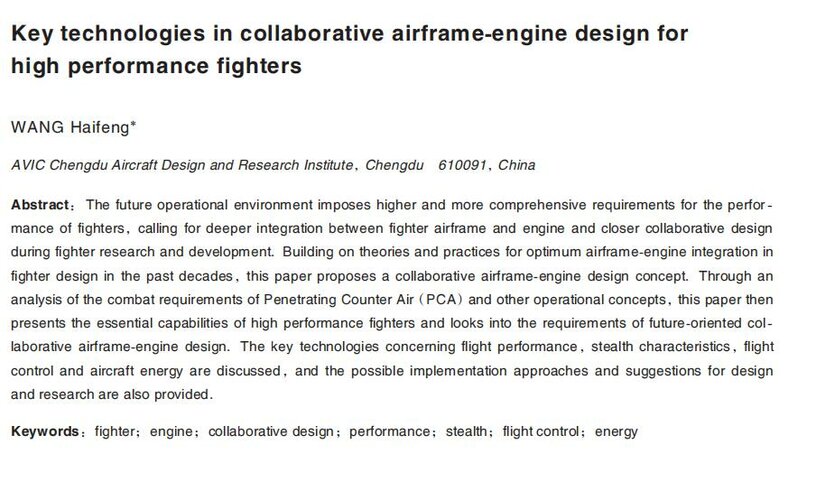Pardon me, was fighting internet issues yesterday.
"Wichita" and "Amarillo" are photos that have been digitally altered. Someone has added artificial noise. The only reason for adding it was to cover up the fake.
Wichita 2014 is a B-2, it's been pretty well established.
But yes it does appear to have an added noise layer for some reason.
I am sure someone at Chengdu is reading our posts. I thought of something: maybe the third engine isn’t real, but to fool us…like the XP-59 with the fake propeller.
But seriously, its GOT to be real, probably for a reason that is outrageously simple.
I'm assuming 1) raw thrust, 2) electrical generation, and 3) bleed air for whatever.
To make this rant vaguely defense related: I'm going to propose the crazy original and never before seen idea that there should be more than 1 company making fighter jets.
For what it's worth, there are 3 companies that were invited to bid on USAF NGAD, and IIRC they also bid on USN FAXX: Northrop-Grumman, LockMart, and Boeing.
NG dropped out of the USAF bid to focus on the USN contract.
My old company HR (Hydraulic Research) Textron (now Woodward) had developed some developmental fluidic flight control actuators back in the 1980s and I think some were tested by Northrop and NASA. Everybody was hot for fluidics back then but it died, no takers. Seemed to work well from what I understand. HR had also developed a fluidic actuation control "logic computer" but again, went by the wayside unfortunately.
So, like the valve core in an automatic transmission?
Chinese engines have in fact been more reliable than Russian ones from what I know, as the J-10s still mostly powered by AL-31s have crashed a few times due to engine trouble while the Sino-flankers which has been using WS-10 variants for nearly two decade has to my knowledge never have a crash specifically attributed to engine issues. Also imo Chinese building substandard stuff have been mostly disproven especially for their own use. FYI China actually has been making their own engines although at first mostly licensed clones or modified/improved variants of Soviet engines since the 60s, so they actually are quite experienced in making engines contrary to what most people believe.
That is the exact opposite of what I have heard.
Chinese engines way back in the day (1990s ish) were getting maybe 1/10 the TBO of the Russian engines they were copied from. And Russian engines at that time were getting maybe 1/10 the TBO of equivalent-era American engines like the F100 or F110.
They copied the YF-23 SERN (Single Expansion Ramp Nozzle) exhaust. Some folks speculated there are actuated flaps on the underside, not the case. Three-engine, medium attack/strike platform.
Disagree, I think it's going to be more like an interceptor with strike capabilities. Think "Stealthy MiG-31", not F-111A.
Not so hot in a dogfight
because it's a ~90,000lb** airframe at combat weight, but it'll cruise at Mach 1.whatever all day.
** Assuming 3x WS10 and T:W ~=1 at combat weight.





